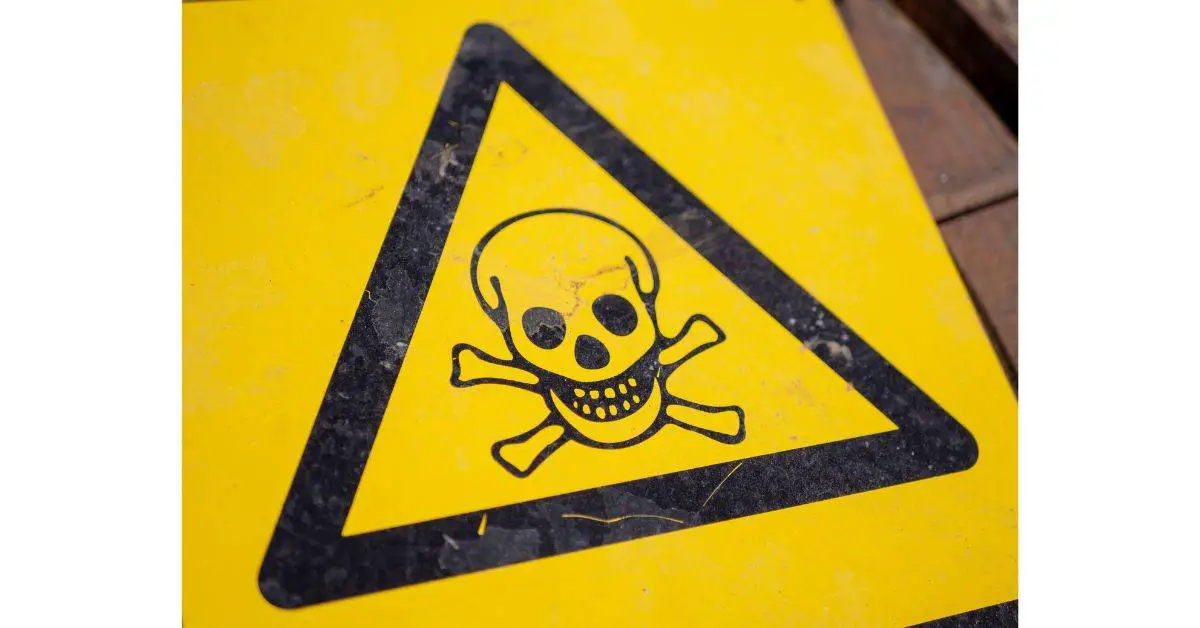Boxing is one of the oldest and most popular fighting methods, and you can find it worldwide. It is by far the most popular combat sport. Millions of people all over the world practice it. However, is it safe to box? Is boxing dangerous?
Boxing is a dangerous sport, even though no one knows how many people have died because of boxing; the death rate seems to be much lower than in horse racing. Boxing is definitely dangerous, as it emphasizes head strikes, and in some cases, it can even be fatal, mostly because of the damage it causes to the nervous system.
Professional boxing is a sport where the goal is to hurt your opponent more than they hurt you. And that physical damage includes punching the head or face and front of the body, which can cause damage to the brain, organs, and the inside.
Boxing matches can be over quickly with a stoppage (knockout, technical knockout, referee stoppage, etc.), or they can go on for a long time with lots of punches thrown back and forth.
Surprisingly, a knockout may be less damaging to the brain than a long fight, where a boxer doesn’t get knocked out but takes a lot of blows to the head but doesn’t get knocked out.
Before we dive into the piece, if you want to know how much boxing classes really cost, ensure to follow the link to an article of mine revealing the answer.
Here’s why boxing is dangerous
Even though boxing is the most popular sport for fighting, it has a bad name for being very dangerous. Yes, there are many more injuries in sports like MMA, but when you look at the data more closely, most of these injuries are not serious. Boxing is the worst sport for long-term injuries like CTE or head traumas. And this is one reason why the danger in sweet science is great compared to other arts.
Boxing is dangerous because boxing is primarily about head blows. Boxers typically land 65 blows per round, or about 780 in a 12-round fight. Remember that most of these punches go for the head, which is absurd. The fact that most top-level boxers land with an accuracy rate of at least 40% makes things considerably scary.
According to the American Association of Neurological Surgeons, 90% of all boxers experience traumatic brain injuries at some point throughout their careers. Boxing is not as flexible as MMA or Muay Thai. Instead, it is a direct sport. Boxers can only hit with their hands and can’t punch below the waist. They can hit the upper body of their opponent, but the head is the main target.
Because of this, boxers get hit in the head more than people in any other combat sport. For example, Mixed Martial Arts (MMA) is a sport where fighters can grapple, clinch, and fight on the ground. It doesn’t hit the head as much as boxing does.
What are the negative effects of boxing?
Boxing teaches you many skills, but your hands are your only real weapons. Boxers work their whole lives to make their punches stronger, faster, and more powerful. They do this so that on fight night, they can hit the other person in the head hundreds of times.
The negative effects of boxing include head injuries and neurological trauma. Boxing-related neurologic trauma manifests itself in three ways: acute neurologic injuries; persistent drowsy states and post-concussion syndrome; and chronic traumatic encephalopathy (CTE), sometimes known as “punch-drunk syndrome” or “dementia pugilistica.”

Getting many hits in a fight, a year, or a career can cause serious damage to the brain, eyes, or even mental health. And there is also the worry about broken bones or deep cuts on the face or body.
#1. Traumatic Neurologic Injuries.
The most visible acute brain injury in boxing is a knockout (KO). The KO blow causes a rapid loss of consciousness that usually lasts only a short time. A straight punch to the face typically causes an acceleration or torque rotational force that is communicated to the brain, affecting the cerebellum and brain stem, resulting in imbalance and unsteadiness, rendering the boxer unable to stand.
Since most studies define the conventional knockout as the fighter’s incapacity to stand for 10 seconds, which may or may not involve an actual loss of consciousness; relying on “knockouts” as the measure of neurologic injury may underestimate the true rate of concussive head strikes in boxing.
When the referee stops the fight because the fighter cannot continue for various reasons, you refer to this as a technical knockout (TKO). These head hits do not seem to be the main cause of the brain damage found in certain boxers, given the relative rarity of the classic KO (estimated at roughly six per 100 fights) (Morrison, 1986).
If you want to train boxing from your home, you can do so by reading the complete guide I wrote on this issue. It’ll help you save money and boost your overall progression, so follow the link to read more.
#2. After-Concussion Syndrome
Some boxers have lasting post-fight cognitive and physical symptoms for days or weeks, including headaches, vertigo, trouble with balance, and memory issues. The term “groggy state” or “post-concussion syndrome” is frequently used to describe this.
The boxer frequently shows symptomatic improvement, reverts to his pre-injury state of physical and mental functioning, and resumes fighting. However, some fighters (often those with the most extensive combat histories) eventually endure symptoms for longer.

That boxer is more likely to experience long-term issues, such as the emergence of CTE, when post-concussion symptoms are more frequent and persist for longer. More research is required to fully evaluate the significance of persistent post-concussion symptoms in the potential development of CTE.
#3. Chronic Traumatic Encephalopathy
CTE, also called “dementia pugilistica” or the “punch drunk state,” is a group of neurological disorders caused by repeated blows to the head. These disorders include problems with speech, walking, thinking, and behavior or personality changes (Jordan, 1993).
Neuropsychiatric symptoms include personality changes, rage reactions, acting on impulse, and acting like a child (Johnson, 1969; Mendez, 1995). Neuropsychological tests have shown problems with memory, speed of processing information, attention to detail, and being able to make decisions.

CTE links to the number and severity of boxing-related injuries, which the number of bouts can measure, time spent sparring, and abnormalities in neuroimaging (Casson et al., 1984; Jordan et al., 1996 ).
The early symptoms of CTE are difficulty paying attention, losing focus, memory loss, confusion, lightheadedness, and headaches. As the condition worsens, the boxer’s judgment deteriorates, he exhibits unpredictable behavior, and may even show signs of Parkinson’s disease.
If you want to boost your boxing progression rate, hold up! I wrote an article on the best tips to boost your progression – ensure you check it out.
Common boxing injury spots
You will get hurt no matter how much you train and prepare for boxing. Because of this risk, it’s important to know the most common boxing injury spots and how to avoid them. Some are harder to deal with than others. Still, if you want to get into boxing, it’s a good idea to learn about the most common injury spots.
The wrist is the most common boxing injury spot because it is prone to sprains. Other common injury spots include the knuckles, face, feet, calves, knees, back, and neck. Your shoulders, too, are prone to dislocations when the humerus bone separates from the scapula. Cuts to the head also make the head a common injury spot.
Dislocated shoulder boxing is rather common among boxers. When this happens, you will have a separation at the glenohumeral joint. You will most likely have a lot of pain in your shoulder, and in the most severe situations, you may even see a change in the general appearance of your shoulder.
Final words
Boxing training might be good for your health, but it could also be dangerous because it is a full-contact sport with risks. Before starting a new sport or workout routine, you should talk to a doctor to find out what risks and dangers there might be if you already have a health condition.
If you enjoyed reading this article, you’ll also enjoy reading about the rules of boxing. These set of rules exist to make the art of punching a bit less dangerous. So, be sure to read this list.
References
- Oxford Academic Archives of Clinical Neuropsychology. [ https://academic.oup.com/acn/article/24/1/11/3268 ]
- Science Daily: Boxing is a risky business for the brain. [ https://www.sciencedaily.com/releases/2010/12/101210075924.htm ]
- Morrison R. G.. Medical and public health aspects of boxing, Journal of the American Medical Association, 1986, vol. 255 18(pg. 2475-2480) [ https://pubmed.ncbi.nlm.nih.gov/3517393/ ]
- Jordan B. D.. Jordan B. D.. Chronic neurologic injuries in boxing, Medical aspects of boxing, 1993Boca Raton, FL CRC Press(pg. 177-185) [ Google Scholar ]

